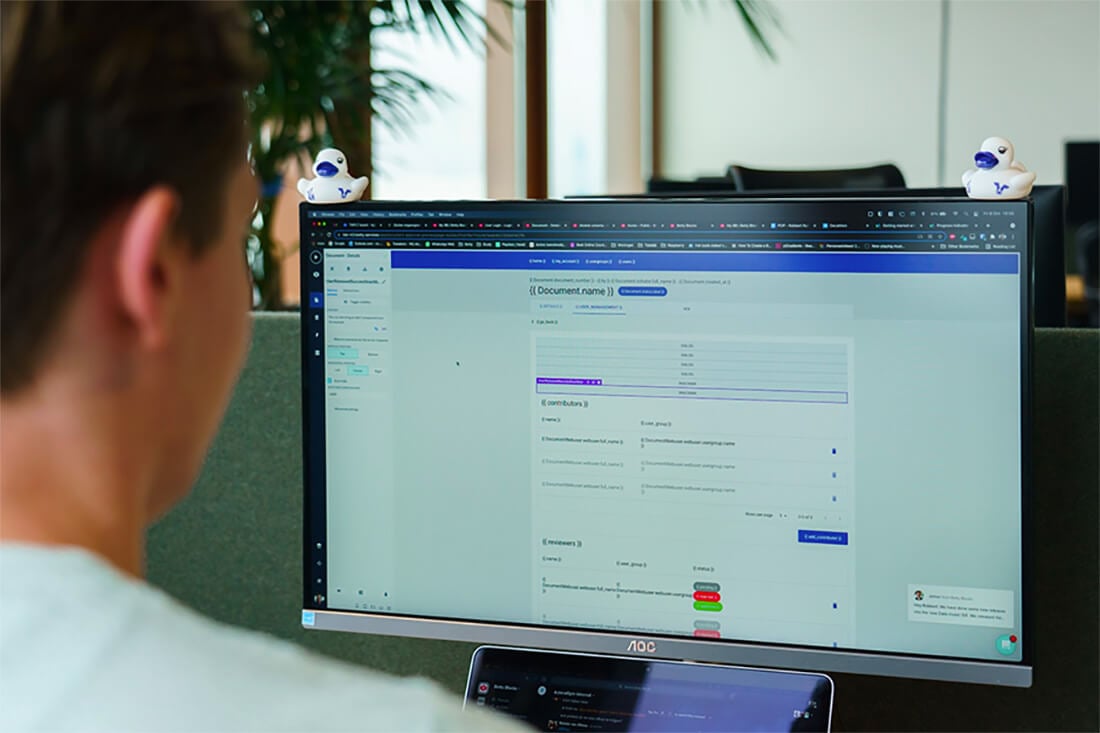All Roads Lead to Rapid Application Development: Sweco Implements Betty Blocks for Innovation and Digital Transformation
Building Information Modeling (BIM) Tool
Sweco Netherlands' fusion team has built a BIM Tool for the ISO19650 certificate. The app includes a bespoke checklist incorporating the appropriate clauses, and is integrated with jira.
Client Satisfaction Tool
Sweco Belgium's fusion team have developed a Client Satisfaction Tool which has over 5000 users in global Sweco offices
Customer Facing Applications
Citizen developers at Sweco have started created self-serve solutions in close collaborations with their clients, elevating their customer support



Find everything you need to know about this use case right here
Find everything you need to know about this use case right here
Find everything you need to know about this use case right here

© Copyright 2025. All rights reserved.